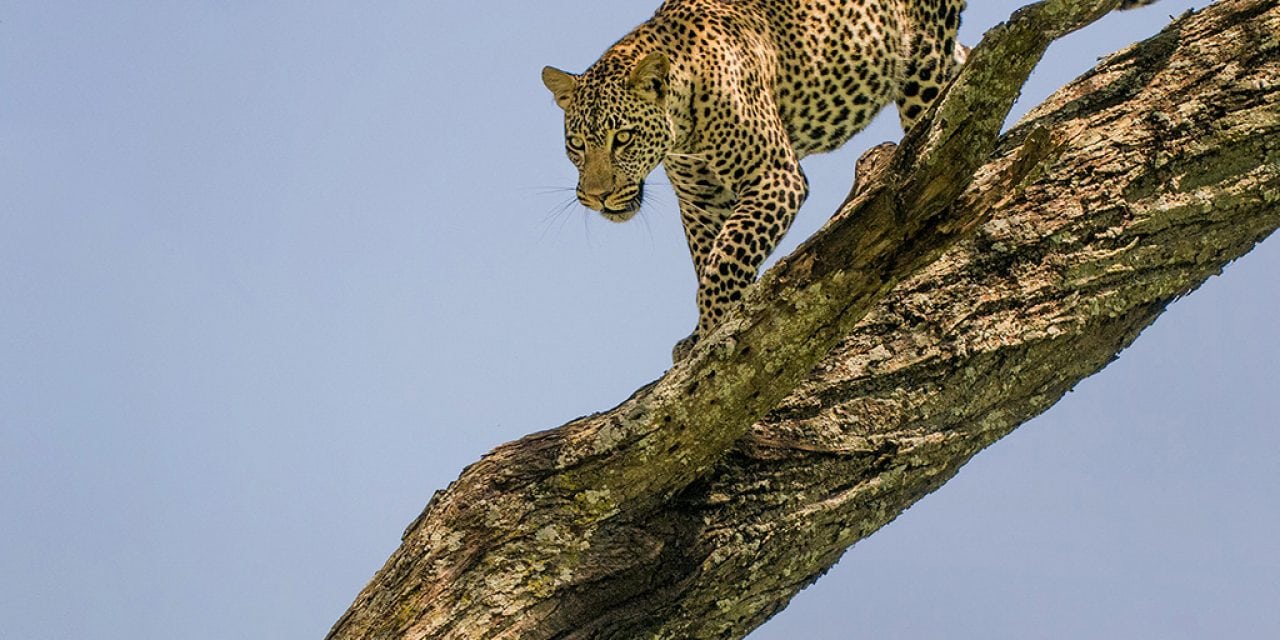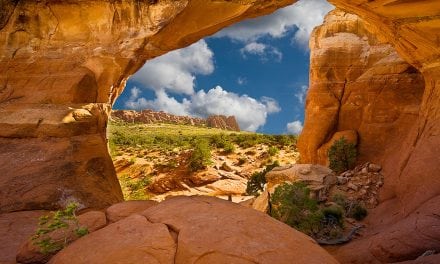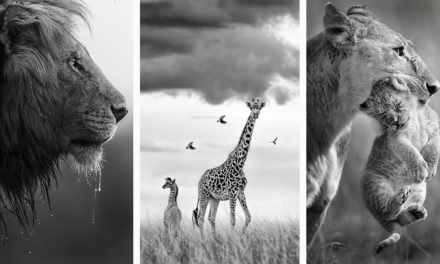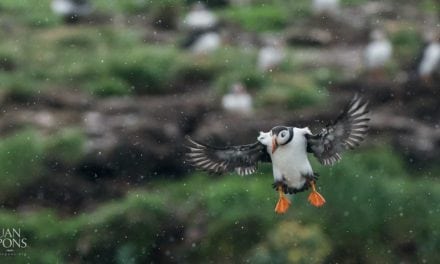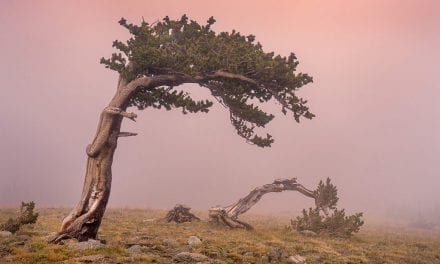A person on border patrol protects the boundaries of a given area. The guard’s job is to keep items found within contained or to keep invaders out. He or she protects the perimeters from objectionable intruders. With this in mind, guarding your photographic borders should be high on your list. It’s important to realize that when objectionable items appear on the edges of your composition, they detract from the rest of the image. “Edit Before Pressing the Shutter” and go on border patrol. Carefully scrutinize the edges of your frames to make sure the perimeter is clean.
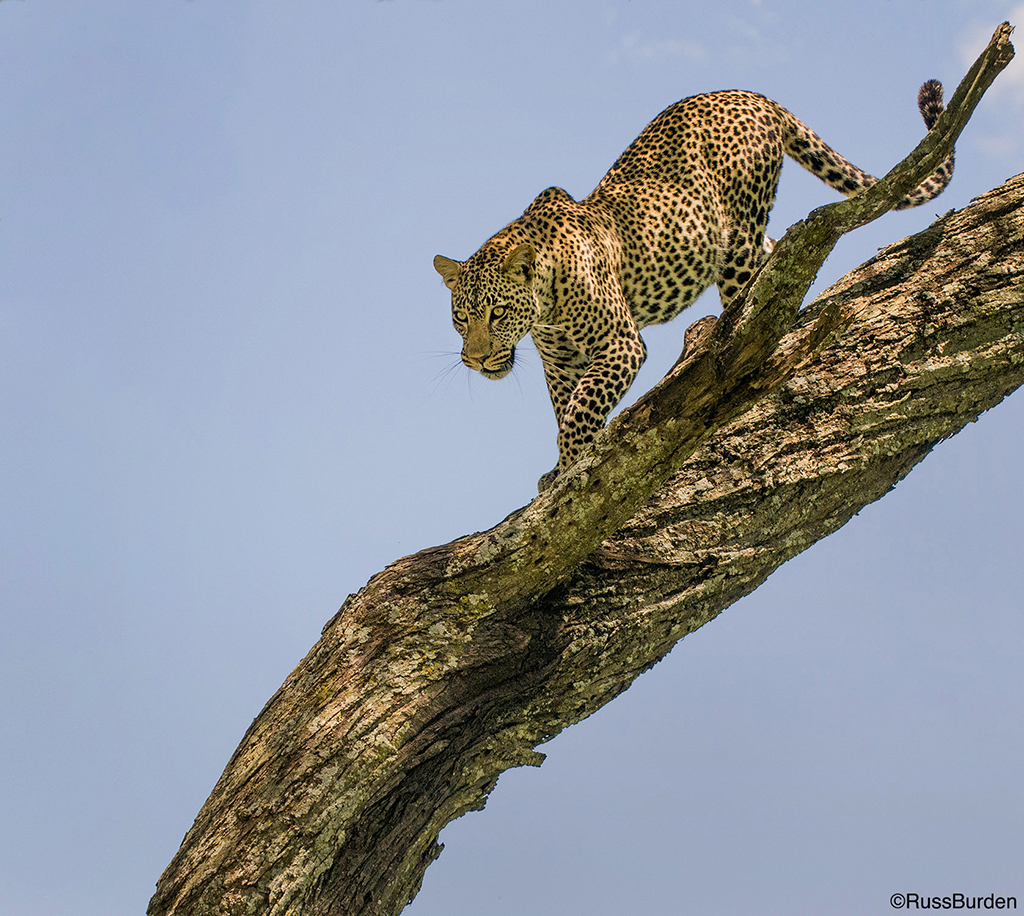
Direction of Movement: When a subject is in motion, provide space in the frame for it to move without “bumping” up against the edge. If the flow of motion is close to the edge, the viewer experiences discomfort. Leave room for implied motion. The same holds true for the direction in which a subject looks. If it faces to the right, more room should be provided on the right side as opposed to the left. This way the “gaze” doesn’t collide with the border. In the image of the leopard, I left more room on the left and below as that was the direction in which it was walking, and note the borders are free of distractions.
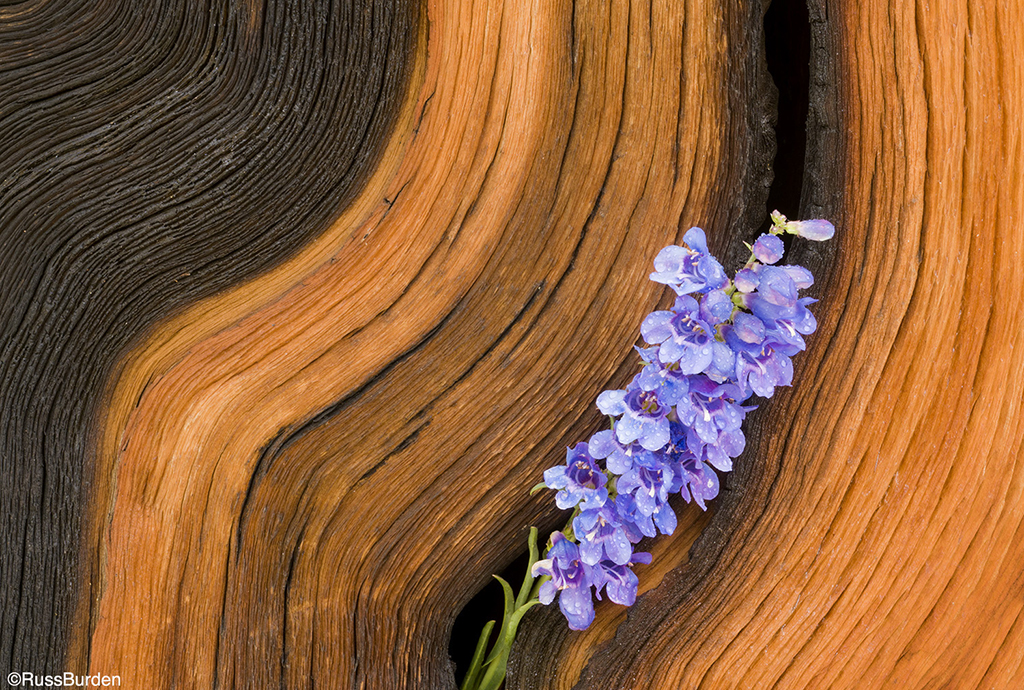
Leading Lines: Leading lines are best placed toward the bottom of the composition so the viewer enters from down low and is brought throughout the rest of the photo. If the leading line is placed on the right or left, position it near the bottom of the frame for the same reason. An alert border guard will be sure the line is clean and there are no distractions that interfere with its flow. Carry out due diligence and check the remaining parts of your borders to make sure no other elements hinder the quality of the photograph.
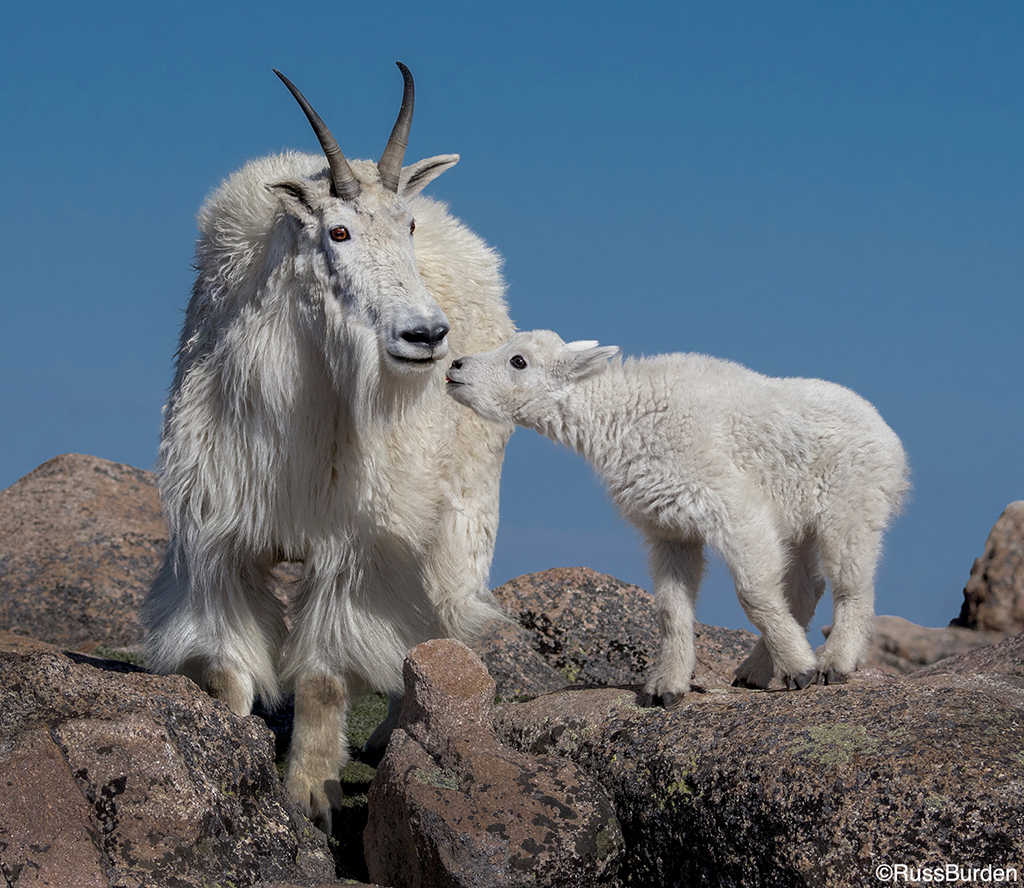
Tight But Breathable: The pixel count in today’s cameras continues to rise, which allows cropping with excellent file quality. This is a luxury, but there’s no sense in throwing away image information. If you have to crop, leave space around objects that live close to the borders. Provide breathing room for all subjects. At the time of capture, include only what’s necessary. Move the camera to exclude items that infiltrate the fringes. Whether your subject matter is a landscape, people, still life, architecture, photojournalism or other, be a good border guard and check your composition before every press of the shutter.
Visit www.russburdenphotography.com for information about his nature photography tours and safari to Tanzania.
The post Alert The Border Guard appeared first on Outdoor Photographer.

